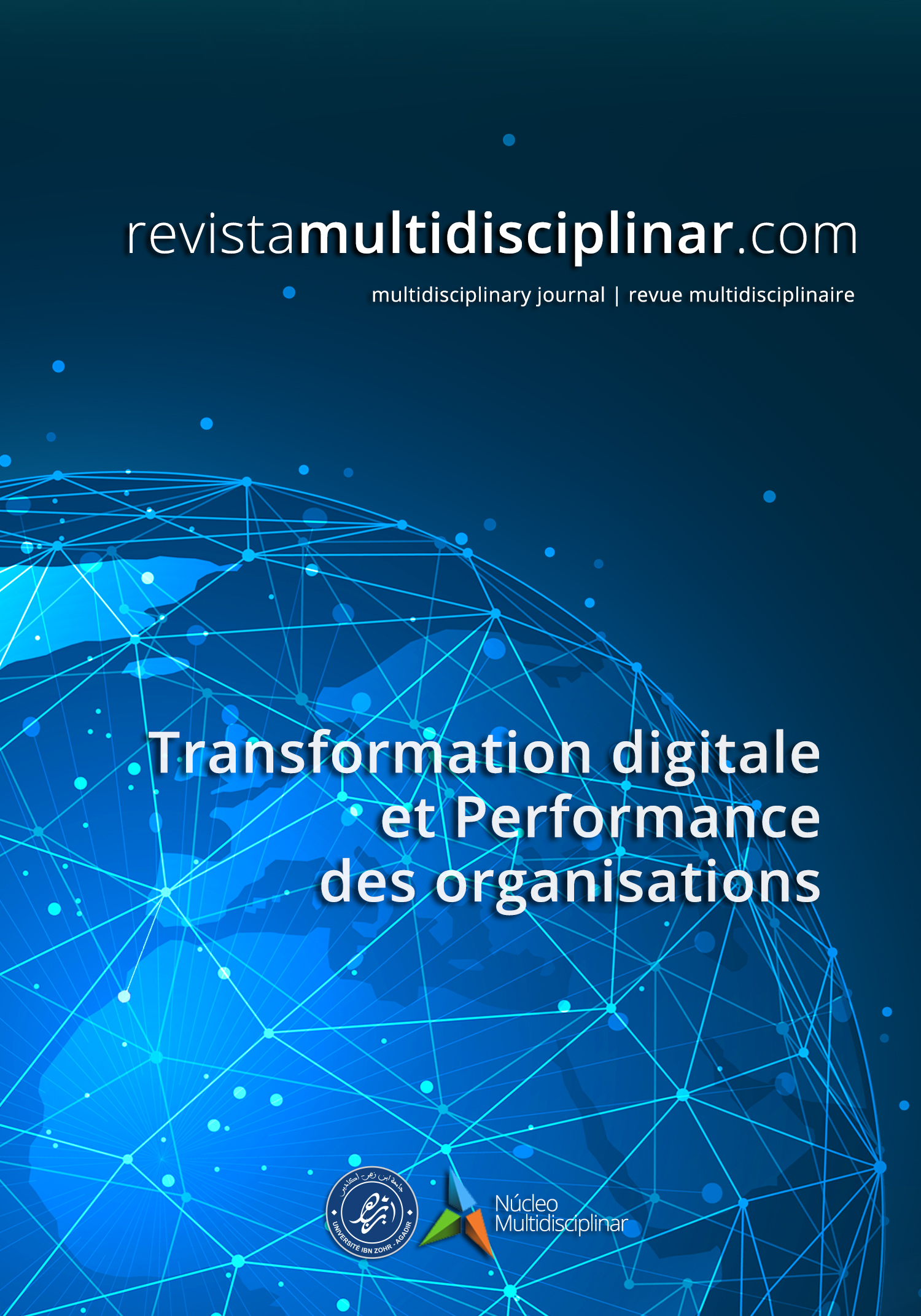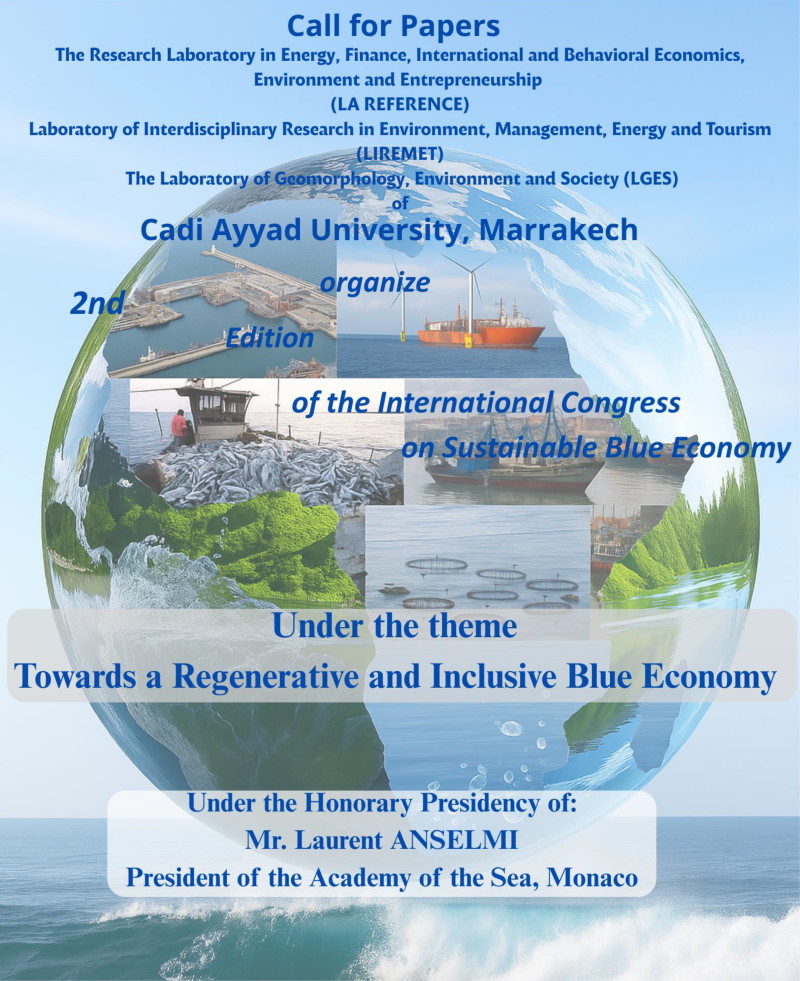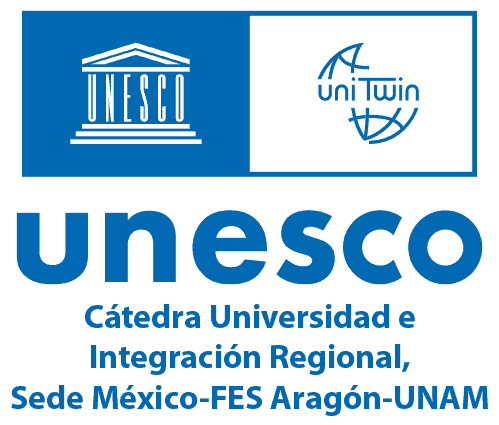Human Capital, Employability and Entrepreneurship
The case of Program of Integration Through Economic Activities
DOI:
https://doi.org/10.23882/rmd.23171Keywords:
employability, entrepreneurship, southern provinces, vocational training, OFPPTAbstract
Vocational training and employability are essential levers for regional and local development, and could therefore play a significant role in developing entrepreneurship and integrating young people into the economic fabric. Indeed, the issue of employability represents a barrier to regional development in Morocco, particularly in the southern provinces. Unemployment is exacerbated by the loss of jobs and the stoppage of production as a result of the COVID-19 crisis. In this vein, this article looks at the problem of employability and integration of young graduates in these regions of southern Morocco. The aim of this work is to highlight the role of OFFPT's vocational training and its partners in the development of employability and local socio-economic development in the southern provinces, and more specifically in the province of Sidi Ifni in the Guelmim Oued Noun region.
Within this framework, a descriptive study was carried out among young entrepreneurs who had benefited from vocational training and the "PIAE" economic activity integration program. A descriptive analysis of the data, collected from local public players and a sample of young graduates, was carried out to examine the contribution of vocational training to their employability and well-being. The results of our research revealed that young graduates who had benefited from training and support programs were easily integrated into their socio-economic fabric and improved their standard of living. In addition, the projects set up by these young entrepreneurs have contributed to the development of their region of Sidi Ifni by creating jobs for other job seekers.
References
Bakour, C., & Ouassou, S. (2020). Les politiques sociales en contexte du COVID-19 : INDH « Le programme d’amélioration du revenu et inclusion économique des jeunes ». Revue Internationale du Chercheur, 1(2).
Becker, G-S. (1993). Human Capital. A Theoretical and Empirical Analysis with Special References to Education, The University of Chicago Press, Chicago, London, third edition, first edition 1964.
Boisserelle, E. (1999), Les nouvelles approches de la croissance et du cycle, Dunod. P. 123.
Bourgoun, M., & Ibourk, A. (2003). Effet des stages subventionnés sur le processus d’insertion des diplômés au Maroc.
El Bettioui, R., Akrich S., & Ben Dahhane, A. (2020). Bonne gouvernance participative de la collectivité territoriale et communication publique externe : Quelle relation ? Journal of Academic Finance, 11(1).
Finot. A. (2000). Développer l’employabilité, INSEP consulting, Julhiet Editions.
Guillard, & Roussel. (2010). Le capital humain en gestion des ressources humaines : éclairages sur le succès d'un concept, Management Prospective, n° 31 , pp. 160 à 181.
Gleizes, J. (2000). le capital humain, cairn.info, matières en réflexion, revue-multitudes, 111.
Kamanzi, P. (2006). l’influence du capital humain et du capital social sur les caractéristiques de l’emploi chez les diplômés postsecondaires au canada, thèse, Faculté des études supérieures, LAVAL.
Maurin J-C., & Melonio T. (2011). Agence française sur le développement, Formation et emploi au Maroc, Document de travail n° 116.
Ministère de l’agriculture, de la pêche Maritime, du développement rural et des eaux et forêts marocain, (2018). http://www.mpm.gov.ma/wps/portal/PortaIl-MPM/FormationGensMers/Dispositif-formation visité le 25 Aout 2018.
Ministère de l’Intérieur, Direction Générale des Collectivités Locales, (2015), la Région de Guelmim-Oued Noun, monographie générale, Rabat, pp. 3-16.
Menudo, J-M. (2014). Jean-Baptiste Say et les compétences entrepreneuriales pour l'industrialisation, Innovation, N°45, page 39-57, Cairn.
Nauze-Fichet, & Tomasini (2002). Diplôme et insertion sur le marché du travail : approches socioprofessionnelle et salariale du déclassement, Economie et Statistique, n° 354 pp. 21-48.
Othmane, J. (2011). L’employabilité : Définition, création d’une échelle de mesure et contribution à l’étude des déterminants, Thèse de doctorat en Sciences de gestion.
Paule, R. (1991). Progrès technique endogène, anale d’économie et de statistique, N°22, 1991. P.23-56
Province de Sidi Ifni, Ministère de l’intérieur du Maroc (2020), Monographie de la province de Sidi Ifni.
SOROKIN P- A., (1968). Social and cultural Mobility, The international Encyclopedia of Social Science, Vol. 4, 1968, 480 p.
Schonholzer, J. (2012). Les déterminants de l’accès à l’emploi chez les jeunes diplômés de la formation professionnelle au Maroc, mémoire d’obtention du grade de maîtrise en relations industrielles, Faculté des études supérieures, Université de Monréal.
Thompson, J., Alvy, G., & Lees, A. (2000). Social entrepreneurship – a new look at the people and the potential, Management Decision, 38 (5), 328-338. https://doi.org/10.1108/00251740010340517
Van Praag, C. M. (1999). Some classic views on entrepreneurship. De Economist, 147, 311-335. https://doi.org/10.1023/A:1003749128457
Downloads
Published
How to Cite
Issue
Section
License
Copyright (c) 2023 Rachid El Bettioui

This work is licensed under a Creative Commons Attribution-NonCommercial 4.0 International License.









